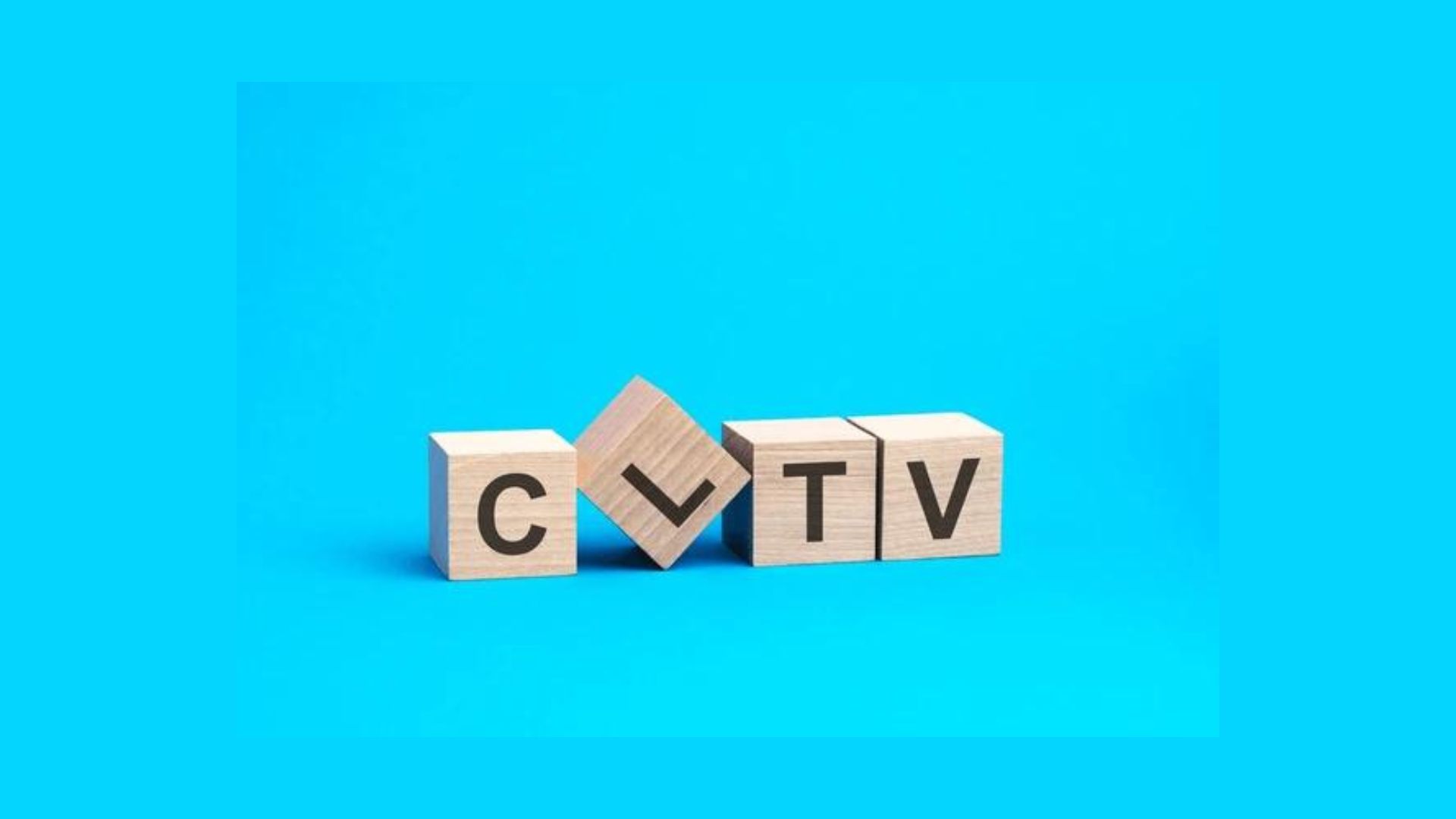What Is The Difference Between LTV And CLTV?
What is the difference between LTV and CLTV? The LTV ratio exclusively takes into account the primary mortgage balance. In contrast, the CLTV incorporates all loans associated with the property, including home equity loans and home equity lines of credit (HELOCs).

Morgan Barrons
Jan 26, 2024
In the intricate realm of real estate financing, understanding the nuances between Loan-to-Value (LTV) and Combined Loan-to-Value (CLTV) ratios is pivotal for both borrowers and lenders.
As foundational metrics in the mortgage industry, LTV and CLTV serve as key indicators of risk and financial responsibility, influencing loan approval, interest rates, and overall transaction dynamics.
The Loan-to-Value (LTV) ratio encapsulates the relationship between the loan amount and the appraised value of the property. It acts as a critical parameter in determining the level of risk associated with a mortgage, helping lenders assess the borrower's equity stake and financial exposure.
On the other hand, the Combined Loan-to-Value (CLTV) ratio factors in multiple loans on the same property, presenting a more comprehensive picture of the borrower's overall indebtedness. In this article, we will talk about what is the difference between LTV and CLTV? This article delves into the intricacies of LTV and CLTV, unraveling their definitions, calculations, and applications.
What Is Loan-To-Value?
The ratio of a loan to the value of an asset acquired is expressed by lenders using a financial phrase called loan-to-value, or LTV ratio. In the real estate industry, banks and building societies frequently use this word to denote the first mortgage line's proportion of the entire assessed value of the property.
The LTV ratio, for example, is $130,000 to 150,000, or 87%, if someone loans $130,000 to buy a property for $150,000. The remaining 13% is the lender's haircut, which is paid for out of the borrower's equity and totals 100%. For a lender, a loan with a higher LTV ratio carries a more significant risk.
An appraiser will usually value a property, but an arms-length transaction between a willing seller and a willing bidder provides a more accurate estimate. If the acquisition is "recent" (within 1-2 years), banks will usually use the lesser of the assessed value and the purchase price.
What Is A Good LTV Ratio For A Mortgage?
Generally speaking, 80% or less is a decent LTV to strive for. Maintaining these figures increases your chances of being offered a preferred loan choice with better terms attached. Additionally, it can increase your chances of avoiding mortgage insurance, which might result in mortgage payment savings of thousands of dollars.
While this is ideal, it's only sometimes feasible, especially for those purchasing their first house. A conventional loan can be obtained with as low as a 3% down payment. If your loan-to-value ratio is more than 80%, you will need to pay an additional amount for private mortgage insurance on a conventional loan.
Ultimately, mortgage insurance acts as a risk mitigation for lenders, protecting them in the event that you default on the loan and giving them the necessary peace of mind should they choose to assume the risk of lending to you.
Loan-To-Value Ratio Requirements By Loan Type
Conventional Loan
To what extent does a conventional loan have a loan-to-value ratio that is good for you? In the event that you are able to make a down payment of twenty percent, you will not be required to pay private mortgage insurance.
As a result, 80 percent is the optimal percentage for a loan-to-value ratio. However, keep in mind that the minimum loan-to-value ratio (LTV) required to qualify for many conventional loans is just 97 percent.
FHA Loan
In most cases, a loan-to-value ratio (LTV) of 96.5 percent is sufficient to become eligible for an FHA loan. Remember that regardless of the amount of the down payment you make on an FHA loan, you are still obligated to pay mortgage insurance; this is the case.
The VA Loan
Additionally, suppose you are a military member, veteran, or surviving spouse. In that case, you are eligible for a VA loan with a loan-to-value ratio of one hundred percent (that is, there is no demand for a down payment), assuming that you fulfill the other standards for approval.
The USDA Loan
Additionally, the United States Department of Agriculture makes it possible for some borrowers to obtain approval with a loan-to-value ratio of one hundred percent. This program is available to homeowners in rural regions who have a low or moderate income.
Refinancing
If you are thinking about refinancing your mortgage, the majority of lenders will require that you have a loan-to-value ratio of 80 percent or below, which means that you have at least 20 percent equity in your home.
What Is The Combined Loan-To-Value (CLTV) Ratio?
When all secured loans on a property are compared to the value of the property, the result is referred to as the combined loan-to-value ratio or CLTV ratio. When a potential borrower uses more than one loan, lenders utilize the CLTV ratio to estimate the risk of default that the borrower exposes themselves to.
The simple loan-to-value (LTV) ratio is distinct from the loan-to-value (CLTV) ratio in that the LTV ratio only takes into account the first or primary mortgage when calculating the ratio.
Formula And Calculation Of The CLTV Ratio
The Combined Loan-to-Value (CLTV) ratio is a crucial metric in real estate financing, providing a comprehensive assessment of a property's total indebtedness. Calculated by dividing the sum of all loans on the property, including the applied-for loan, by the property's appraised value, this ratio is expressed as a percentage.
Lenders commonly set a threshold of 80% or lower for CLTV ratios, particularly for borrowers with high credit ratings. This calculation unveils the extent of financial exposure a property carries, aiding both lenders and borrowers in making informed decisions within the intricate landscape of real estate financing.
Loan-To-Value Vs. CLTV
Two of the most popular ratios utilized in the mortgage underwriting process are loan-to-value (LTV) and CLTV. The majority of lenders set maximums for both amounts, over which the potential borrower is not allowed to receive credit.
While the CLTV takes into account all loans on the property, including home equity lines of credit and loans for home equity, the LTV ratio just looks at the principal mortgage balance (HELOCs).
The majority of lenders set limit LTVs at 80%. In order to avoid this requirement, borrowers with solid credit profiles must pay private mortgage insurance (PMI), provided that their principal loan balance exceeds 80% of the home's value. When the value of a house decreases below the loan sum, PMI shields the lender from losses rather than the borrower.
The CLTV standards of primary lenders are often more lenient. Using the scenario mentioned earlier, in the case of a foreclosure, the principal mortgage holder is paid in full before the second mortgage holder gets any money at all.
The principal lien-holder gets the whole amount owing ($100,000) if the property value drops to $125,000 before the borrower defaults, whereas the second lien-holder only gets the remaining $25,000 even if they are owed $50,000. In the event that property values decline, the main lien-holder has less risk and is able to lend at a higher CLTV.
Why Should Borrowers Pay Attention To LTV And CLTV?
Financial institutions use LTV and CLTV to determine the following;
- Whether or not to approve your secured loan- A higher LTV/CLTV implies greater risk for the lender. This might lead to a loan denial, along with a subpar credit score and a higher-than-desired DTI.
- What interest rate you’ll be charged- The lender is more likely to offer you a cheaper interest rate if your loan-to-value ratio (LTV) is lower since there is less risk involved.
- If Private Mortgage Insurance (PMI) is required- If you're looking for a conventional mortgage loan, that is, one that isn't supported by a government program like an FHA or VA loan, where lower down payments are required, you must make a down payment of 20% of the sale price in order to avoid PMI. That amounts to an 80% LTV if the sale price is equal to the assessed value.
Frequently Asked Questions
How Is CLTV Different From LTV?
While LTV assesses the risk of a single loan, CLTV considers the cumulative risk by factoring in all loans on a property.
Why Is CLTV Considered More Comprehensive?
CLTV provides a broader view, considering all loans tied to a property, offering a more comprehensive understanding of a borrower's overall financial exposure.
What Role Does LTV Play In Loan Approval?
LTV influences loan approval and interest rates for a specific mortgage, helping lenders gauge the associated risk.
Final Thoughts
Understanding the distinction between LTV and CLTV is crucial for navigating the complexities of real estate financing. While Loan-to-Value (LTV) hones in on the risk associated with a single mortgage, Combined Loan-to-Value (CLTV) broadens the perspective by considering all loans tied to a property.
LTV influences specific loan terms, whereas CLTV provides a comprehensive overview of a borrower's overall financial exposure. So, "What is the difference between LTV and CLTV?" lies in their scopes. LTV is singular, focusing on individual mortgages, while CLTV paints a more encompassing picture, vital for informed decisions in the dynamic landscape of real estate.


